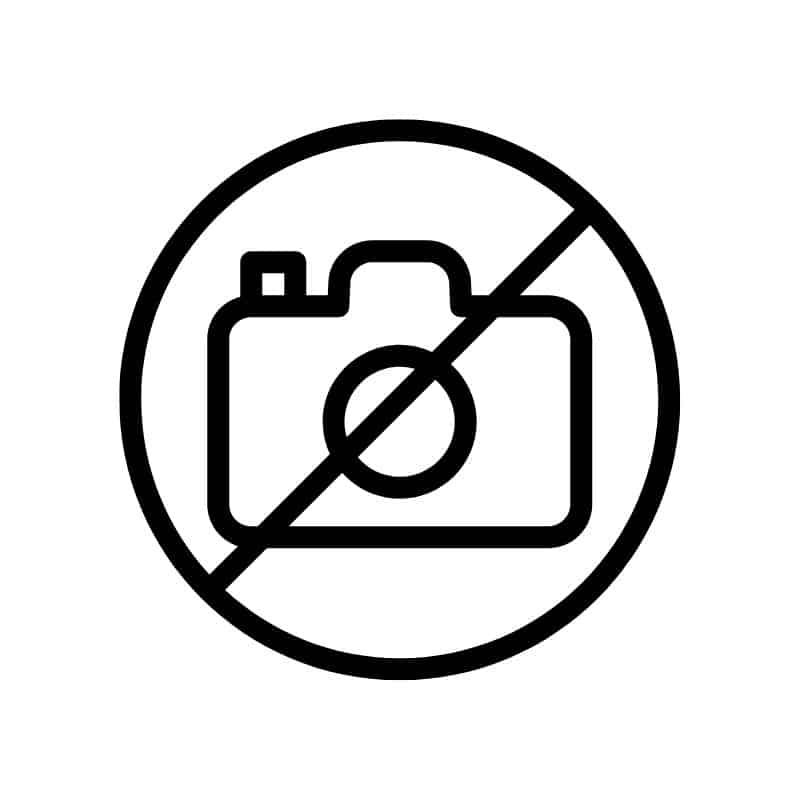Introduction to snug piercing
Placement:
The snug piercing is pierced from the small indentation between the helix (outer edge of the ear cartilage) through the antihelix into the conch area, which is how it got its name “snug”.

Snug Piercing Styles
Gallery of Snug Piercings



All about Snug Piercings
Snug piercings: Everything you need to know
History:
Snug piercing, also known as “anti-helix piercing”, has enjoyed growing popularity since the 1990s and established itself as an elegant trend in the field of ear piercings. Originally popular in the alternative scene, it now appeals to people of all styles.
Placement:
The snug piercing is pierced from the small indentation between the helix (outer edge of the ear cartilage) through the antihelix into the conch area, which is how it got its name “snug”.
Jewelry:
For snug piercings, curved barbells with a bar thickness of 1.2mm used. After healing, many keep the curved barbell, but other types of jewelry are also possible:
- Curved barbells: Curved bars with balls or other attachments at the ends
- CBBs (Circular Barbells): Horseshoe-shaped rings in various sizes and designs
- CBRs (Captive Bead Rings) / BCRs: Rings with a ball that is inserted into the ring
- Clicker / click segment rings: Rings with decorations such as cubic zirconia, Swarovski, patterns, snakes, etc.
Healing time:
The healing time of a snug piercing varies from person to person, but usually takes more than 12 months. This is due to the width and blood supply to the cartilage, as well as the frequency of irritation caused by the position of the piercing. The care instructions must be followed exactly & applied.
Dangers and complications:
As with any piercing, there are certain risks associated with snug piercings, such as infections, allergic reactions and scarring. To minimize these risks, it is essential to be pierced by a professional piercer and to use high-quality jewelry to minimize these risks.
Recommendations for care:
- Disinfect the piercing 3-5 times a day with a suitable piercing spray. We recommend the use of our Piercing Care. We have achieved the best results with this piercing spray over the years.
- Avoid touching or pulling on the piercing. Please do not use Q-tips (cotton buds) for cleaning and use a clean handkerchief for crusts.
- Sleep on the other side of the head until the piercing has healed. Otherwise the piercing may become crooked and cause problems.
- Do not wear headphones or earplugs until the piercing has completely healed.
- Make sure that your hair does not touch the piercing if possible.
- If you are unsure about swelling, redness or pain, come and see us.
Additional information:
- Pain: The piercing of a snug piercing is often described as moderately to very painful. However, the individual sensation of pain can vary.
- Costs: The cost of a Snug Piercing varies depending on the jewelry. Our prices start at CHF 65 including standard jewelry.
- Jewelry change: As soon as the piercing has healed completely, you can change the jewelry as you wish. We recommend that you change the jewelry for this piercing only rarely, as it can quickly lead to irritation.
Conclusion:
Snug piercings are somewhat more care-intensive piercings, but their rarity will make you stand out visually. If you are considering a snug piercing, you can drop by one of our branches at any time, we always pierce on the spur of the moment and are happy to advise you without an appointment.
Are you ready for your conch piercing?
Our experienced team at Stechwerk is here to provide you with a safe and professional piercing experience. Contact us now if you have any questions.
